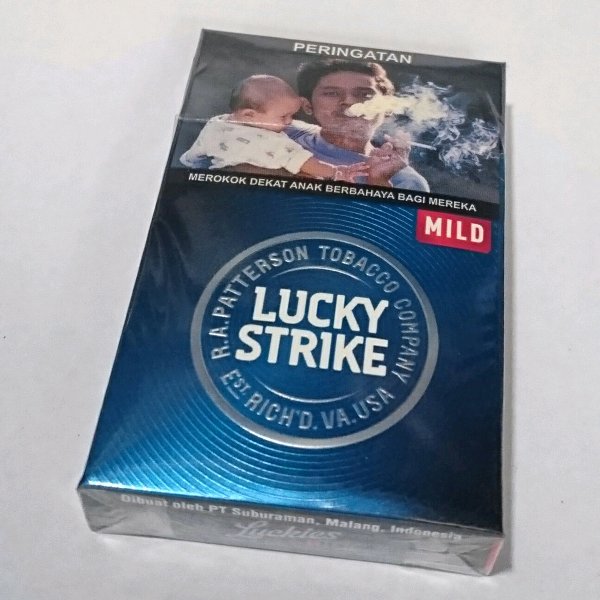

Photographs of all the packs, filter ends and opened filters (showing crushable capsules, if present) are provided in online supplemental figure S1A−S27A. Example photographs of four of the 27 packs are given in figure 1. For the Lucky Strike ‘Flow Filter’ October pack, duplicate analyses were carried out within 1 week of receipt for the green version duplicate analyses were carried out within 8 weeks for the light green, purple and red versions. For the Lucky Strike ‘Flow Filter’ March sampler pack, a single analysis was carried out within 1 week of receipt for the blue version and for the orange version duplicate analyses were carried out within 8 weeks for the red and green versions. Most of the cigarettes were extracted and analysed within 1 week of receipt. The samples were stored at 4☌ until analysed. Packs were put into ‘barrier foil’ Ziplock pouches (Ted Pella, Redding, California, USA) and shipped by courier to Portland State University for analysis. Table 1 gives the country of origin (and, if present, the number of crushable flavour capsules in the filter). Here, we determine and compare the levels and identities of 177 flavour chemicals (plus triacetin) in 27 unique packs of ‘concept’ descriptor cigarettes purchased in Canada and Mexico with a range of suggestive names, but no explicit flavour indications on the packs.Ī convenience sample of 27 unique packs of cigarettes with concept descriptor names was purchased from stores selling cigarettes (summer 2017) in Toronto, Canada (n=5) and Mexico City, Mexico (n=22). There is a need to understand the identities and levels of flavour chemicals that may be present in these products.ĭetailed chemical analyses of flavoured tobacco products available for sale in the USA have been carried out by Brown et al 7 and Farley et al 8 no study has yet been undertaken for the ‘concept’ descriptor cigarettes available in other nations. 3 Example concept descriptor names are ‘Ibiza Sunset’, ‘Velvet Fusion Blast’ and ‘Maui Crepuscule’. The US prohibits any ‘constituent (including a smoke constituent) or additive, an artificial or natural flavour (other than tobacco or menthol) … that is a characterising flavour of the tobacco product or tobacco smoke.’ 6Īs an apparent response to the increasing enactment of tobacco product flavour restriction policies, new ‘concept’ descriptor names are being seen on packs around the world that, while not overtly identifying a particular flavour, do imply that some type of flavour, sensation, taste or aroma awaits the consumer.

4 5 Mexico does not currently have a ban on tobacco flavour chemicals. Canada prohibits ‘additives that have flavouring properties or that enhance flavour,’ including menthol. As of April 2020, 11 countries and the European Union (EU) have implemented a national-level tobacco product flavour policy 3 some countries (eg, the EU Member States) regulate characterising flavours as a sensory property of the product while others (eg, Canada) regulate flavour components added to the tobacco product. Article 9 states ‘From the perspective of public health, there is no justification for permitting the use of ingredients, such as flavouring agents, which help make tobacco products attractive’ 2 and disguise the harshness of tobacco.Ī number of national and subnational (eg, state, province, municipality) jurisdictions have taken steps to constrain sales of flavoured tobacco products. One aim of the FCTC is to reduce the appeal of tobacco products, 1 and Article 9 requires Parties to regulate the content and emissions of tobacco products. As of October 2020, 182 countries-from all regions of the world-have signed and ratified the convention, committing to implement measures that reduce the supply and demand for tobacco. WHO Framework Convention on Tobacco Control (FCTC) lays out evidence-based interventions that tackle the causes of the globalised tobacco epidemic.


 0 kommentar(er)
0 kommentar(er)
